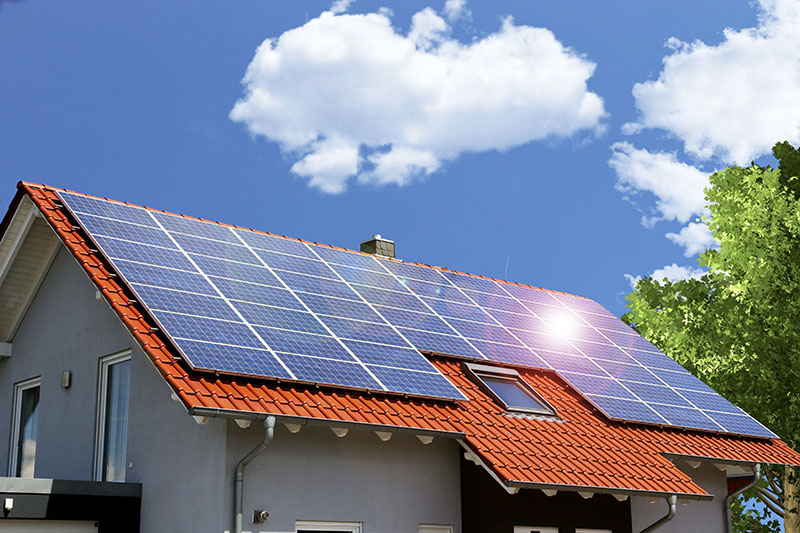A solar energy system can be an excellent investment for your home. Aside from reduced energy bills, you can also enjoy clean, renewable, and reliable power and could get some tax rebates depending on the state you reside. Besides that, solar panel installation helps the environment by reducing the negative impact of other energy sources like coal, natural gas, and oil.
In some cases, homeowners might prefer placing solar panels on their roofs rather than on the ground. This helps if they have limited land or would like to save an available area for a garden, recreation spot, or other purposes. Thus, installing solar panels is the better option for your home’s roof if you’re in the same boat. After all, roofs receive more sunlight and don’t need a supportive framework for solar panel installation.
If you’d like to have solar panels on your house’s covering, here are ways to prepare this part of your home:
-
Let A Professional Inspect Your Roof
One of the most vital measures to consider before solar panel installation on your roof is to get the house covering inspected. In this case, it’s best to work with a well-experienced expert. The goal is to identify if your roof is in good condition.
This is essential because panels add more weight to your house covering. Hence, if it has wear-and-tear elements, leaks, mildew, or rot, these could escalate into major issues. When they do, they’ll shorten your roof’s life, and you’ll need more money repairing the house covering and moving and reinstalling the solar panels.
Having your roof inspected could save you such trouble. Therefore, before contacting a company that offers residential renewable energy solutions for your house’s top, ask a professional to check it out first. Doing it by yourself might not uncover some problems that may be serious.

2. Identify If Your Roof Needs A Replacement
The age of your home’s covering will matter if you’re looking to solar panel installation on it. Thus, you must identify if it needs a replacement first. This is necessary because your panels could last 20–30 years if they’re new, sourced from a reliable company, and installed by roofing professionals.
If your roof has little life left or can’t go for another 20–30 years, it may be best to replace it before installing your solar energy system. This way, you’ll avoid the cost of paying a contractor to remove the panels from the old roof and fix them onto the new one. Besides, because the operation might take some time, you may be forced to use electricity before the project is finished. At this time, your utility bill could go up as you wait for the installations to be completed.
To avoid the inconveniences and additional costs mentioned, check if your home’s roof needs replacement before fitting solar panels on it. Consider looking for a roofer if you’re unsure how old your roof is. An expert roofer could identify its actual age and help you choose the best material for your new roof if that’s necessary.
3. Ensure The Roof Receives Maximum Sunlight
Solar panels need to be exposed to the sun fully for maximum output. However, there may be trees around that could limit the amount of sunlight your unit receives. In this case, it may be best to have them cut or the branches trimmed to avoid casting a shadow on your roof.
Likewise, if tall buildings prevent your system from receiving maximum sunlight, consider installing panels elsewhere other than the roof. Consult with a solar energy expert or use a reliable online calculator to establish how much power you need and the sunlight your roof receives before doing so. The two could also help you identify the parts of your house’s covering that might be sufficient for solar panel installation despite the shade.
Besides tall trees and buildings, dormers and vents could prevent maximum power production from your system. If there are such things on your roof, you need to work with a reliable solar technician. They might know how to place panels around these obstacles.
Conclusion
Installing a solar energy system in your home can be advantageous in many ways. You can either fix the panels on the ground or on the rooftop to enjoy these benefits. If you opt for the latter, you have to sufficiently prepare your house’s covering to ensure you’ll get optimal power from your panels. The guide presented in this article should help you prepare your roof should you decide to install roof panels anytime soon.
